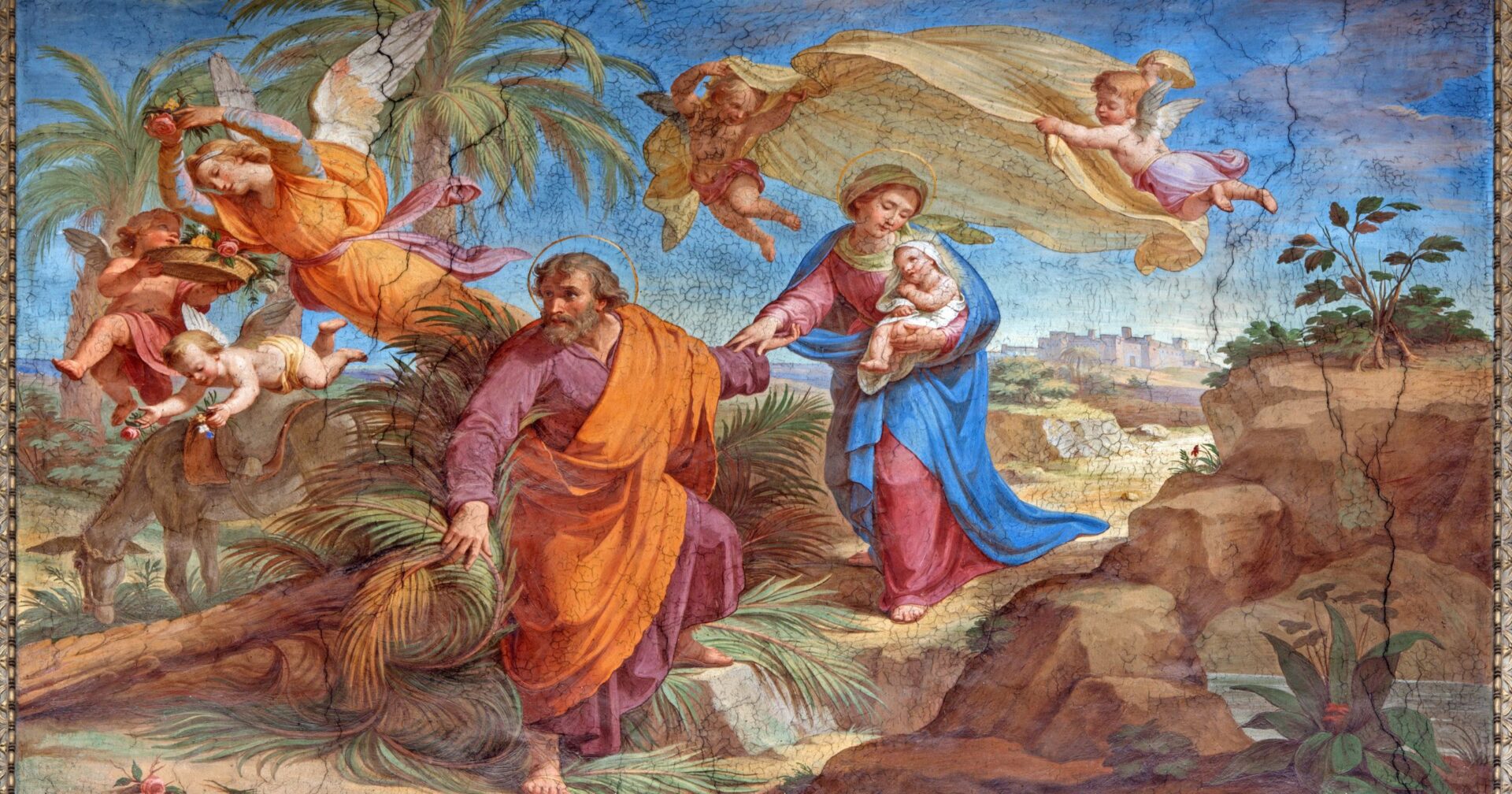From the 11th to 15th century, medieval Catholics celebrated the Festum Asinorum, the Feast of the Ass. The celebration was especially popular in France, where it was known as the Fête de l’âne.
The Feast of the Ass was celebrated on January 14th in honor of the humble donkey that carried Mary into Egypt after the birth of Jesus and bore her into Bethlehem.
On the day, a special “Mass of the Ass” was celebrated in which the most beautiful girl in the village carrying a baby rode on a donkey in a procession throughout the village to the church. The donkey, sometimes wooden, was seated to the right of the altar and arrayed with fine jewelry and draped in fine linens.
A special Introit was said and then Mass began:
“From the Eastern lands the Ass is come, beautiful and very brave, well fitted to bear burdens. Up! Sir Ass, and sing. Open your pretty mouth. Hay will be yours in plenty, and oats in abundance.”
At least in the French town of Beauvais, during the Mass instead of saying Amen the Faithful would bray like a donkey. At the end of Mass, the donkey was once again involved. Instead of the priest saying the traditional Ite, missa est, the priest would bray three times. The Faithful, instead of saying the traditional Deo gratias would instead “hee-haw” thrice.
Towards the end of the 15th century, the Feast of the Ass gradually lost its identity and fell out of favor as the Church suppressed the related but much more blasphemous and extravagant Feast of the Fools.
Editorial credit: Renata Sedmakova / Shutterstock.com














